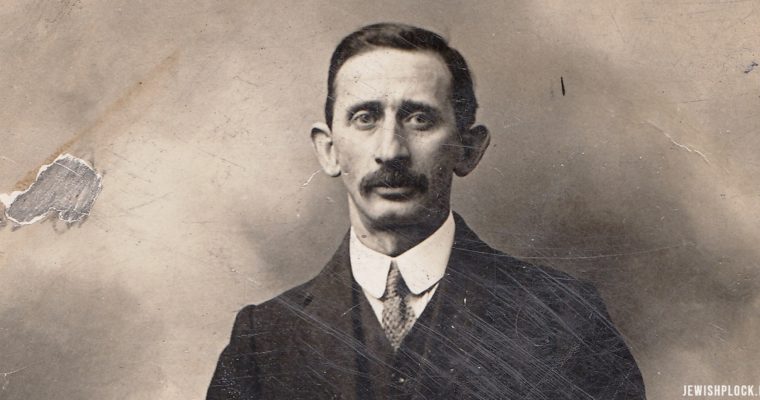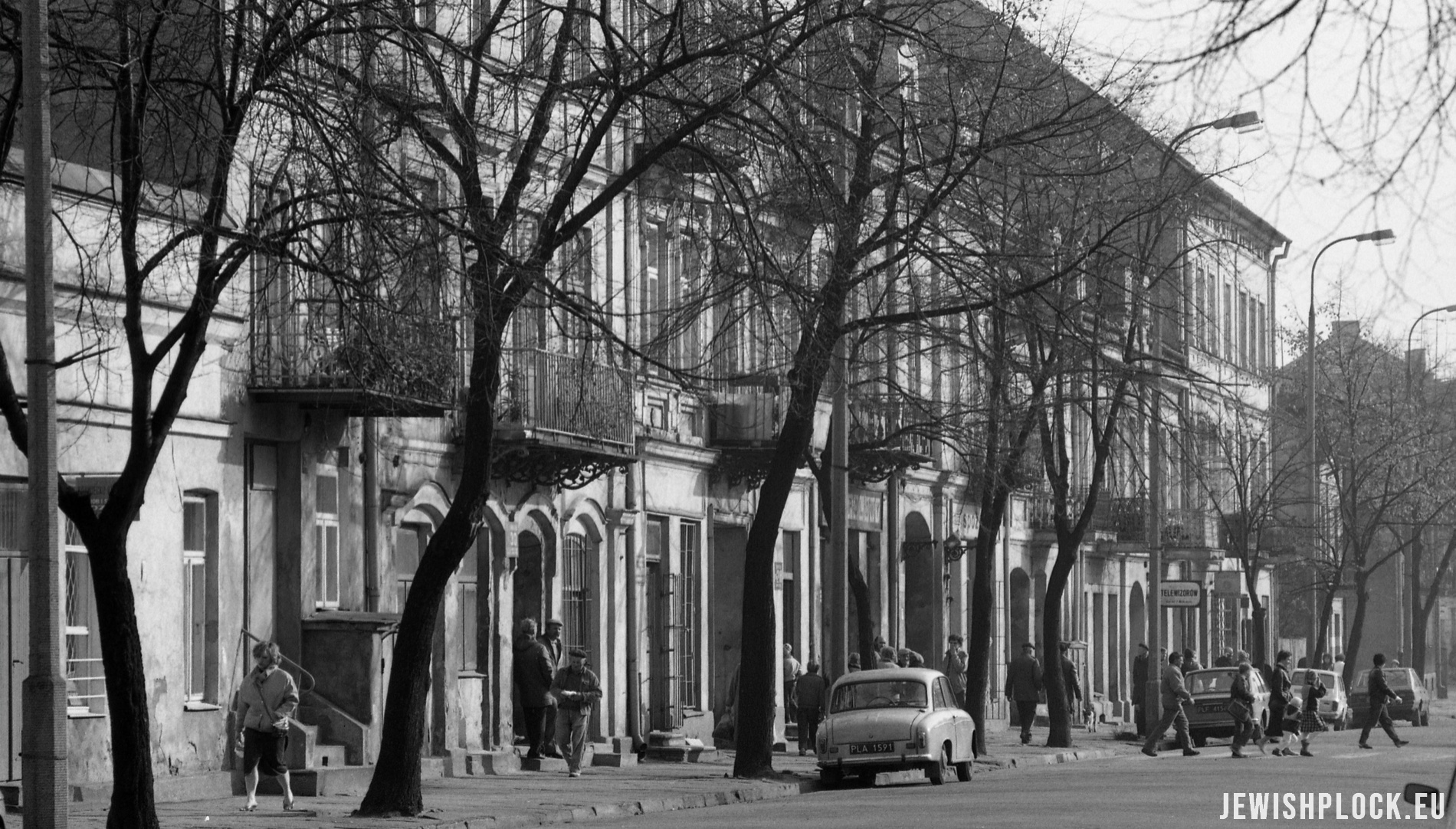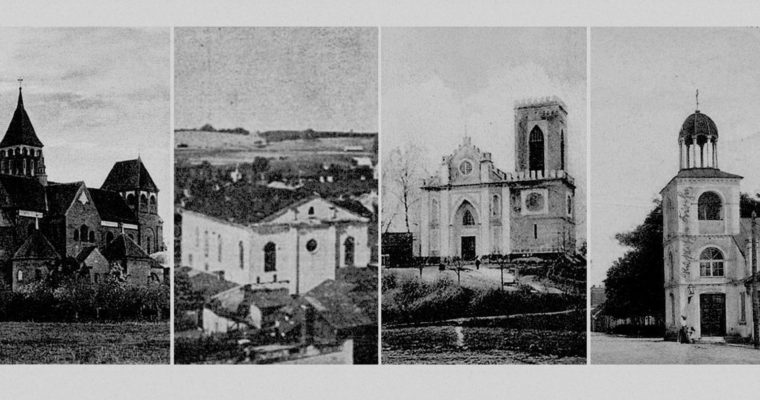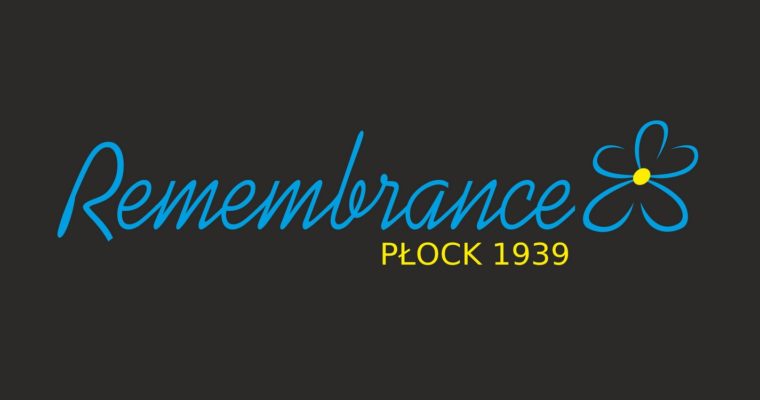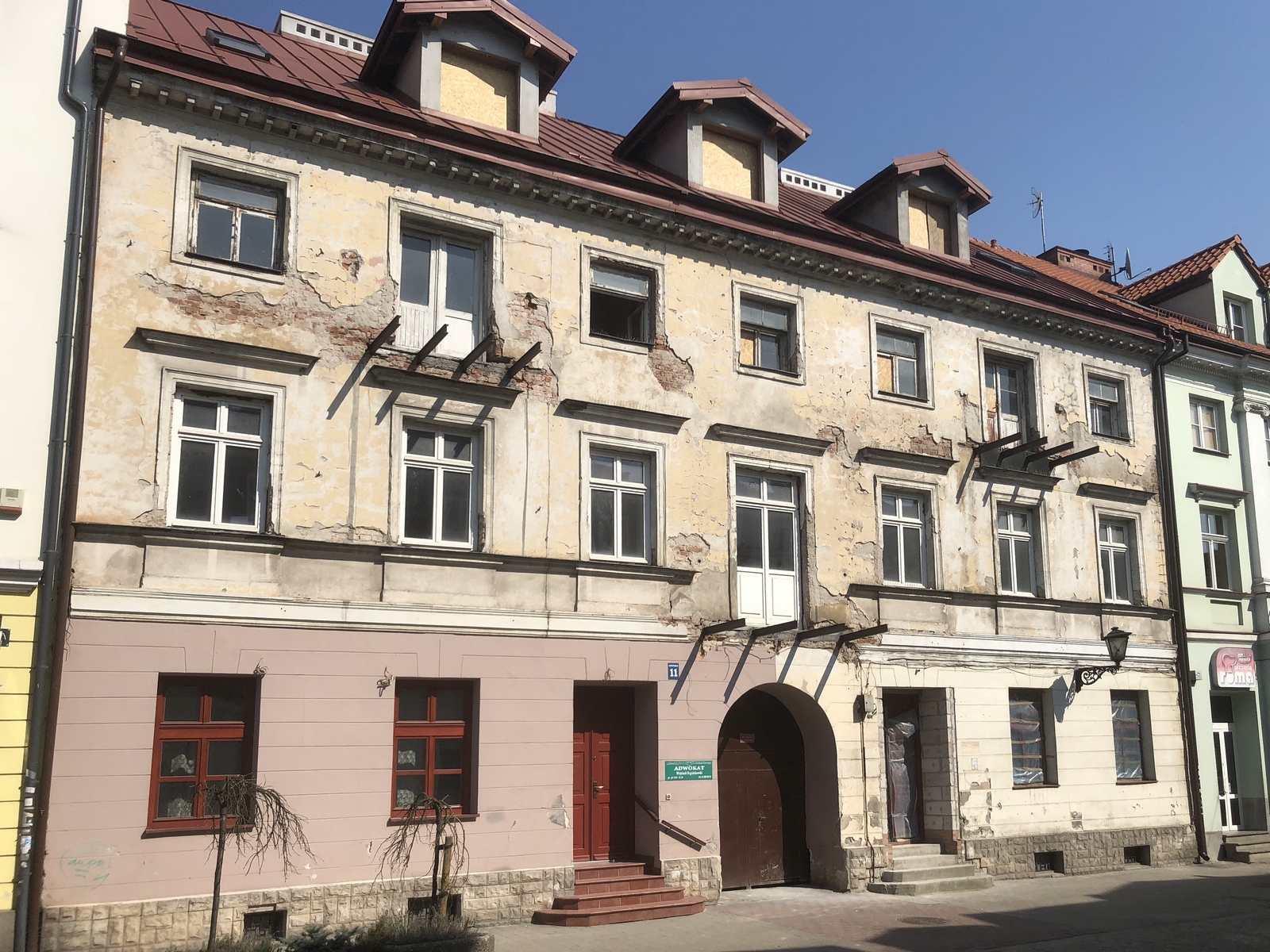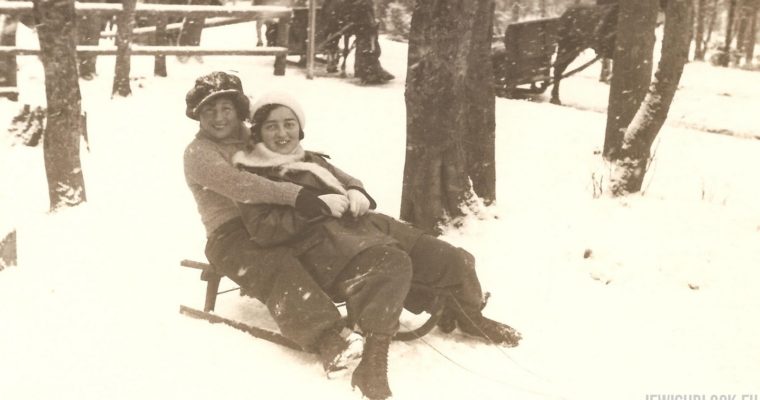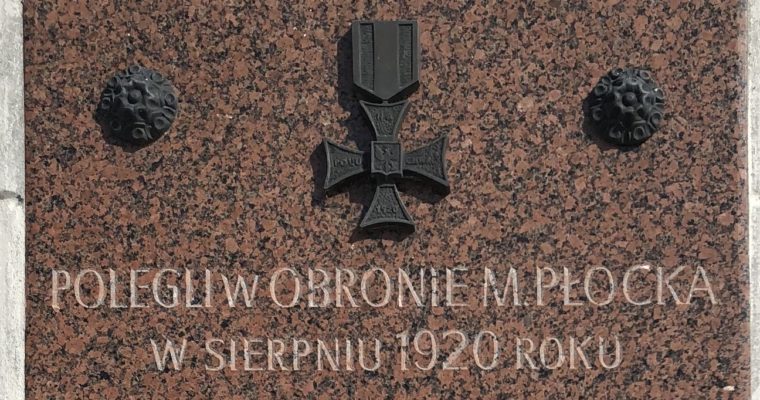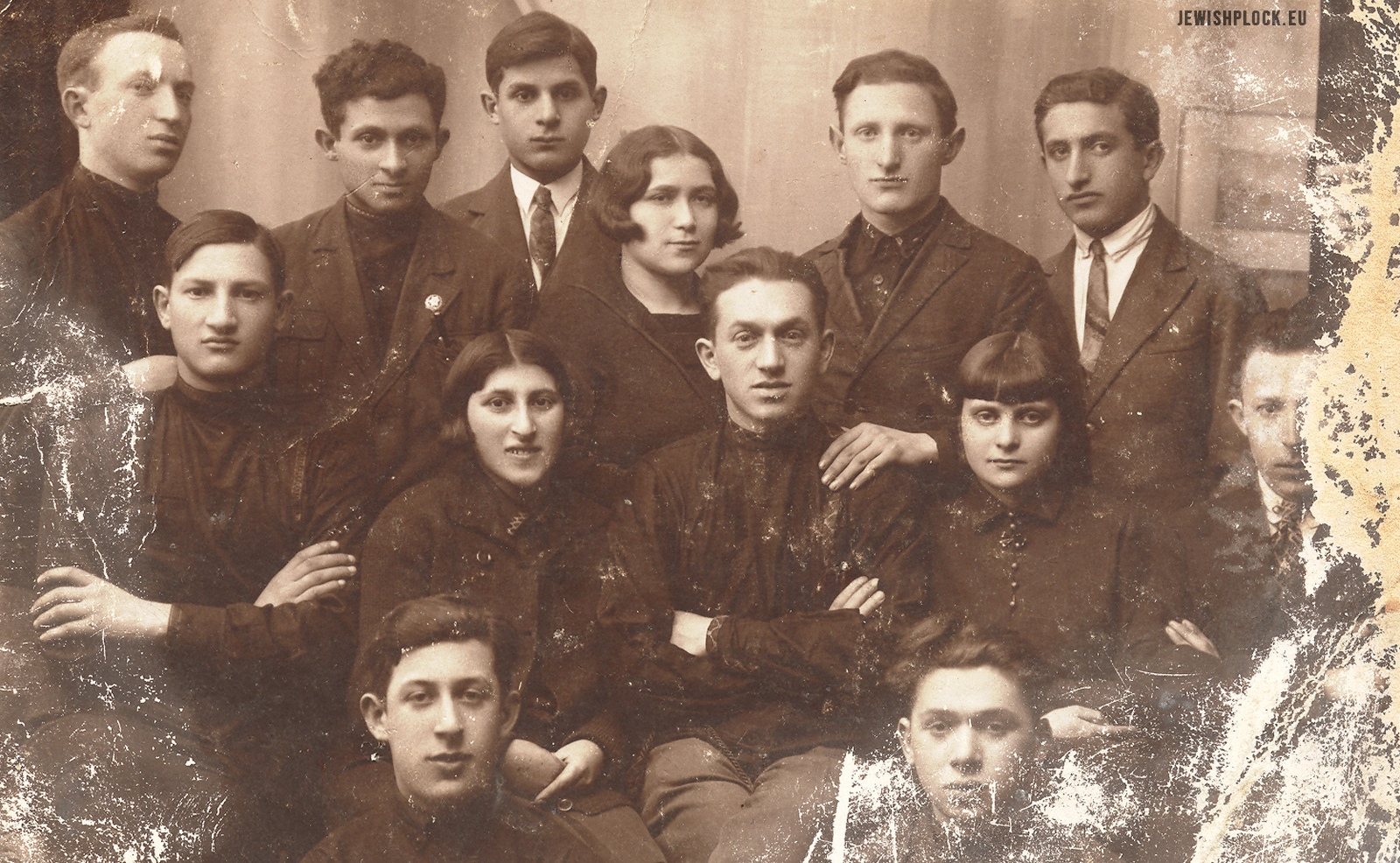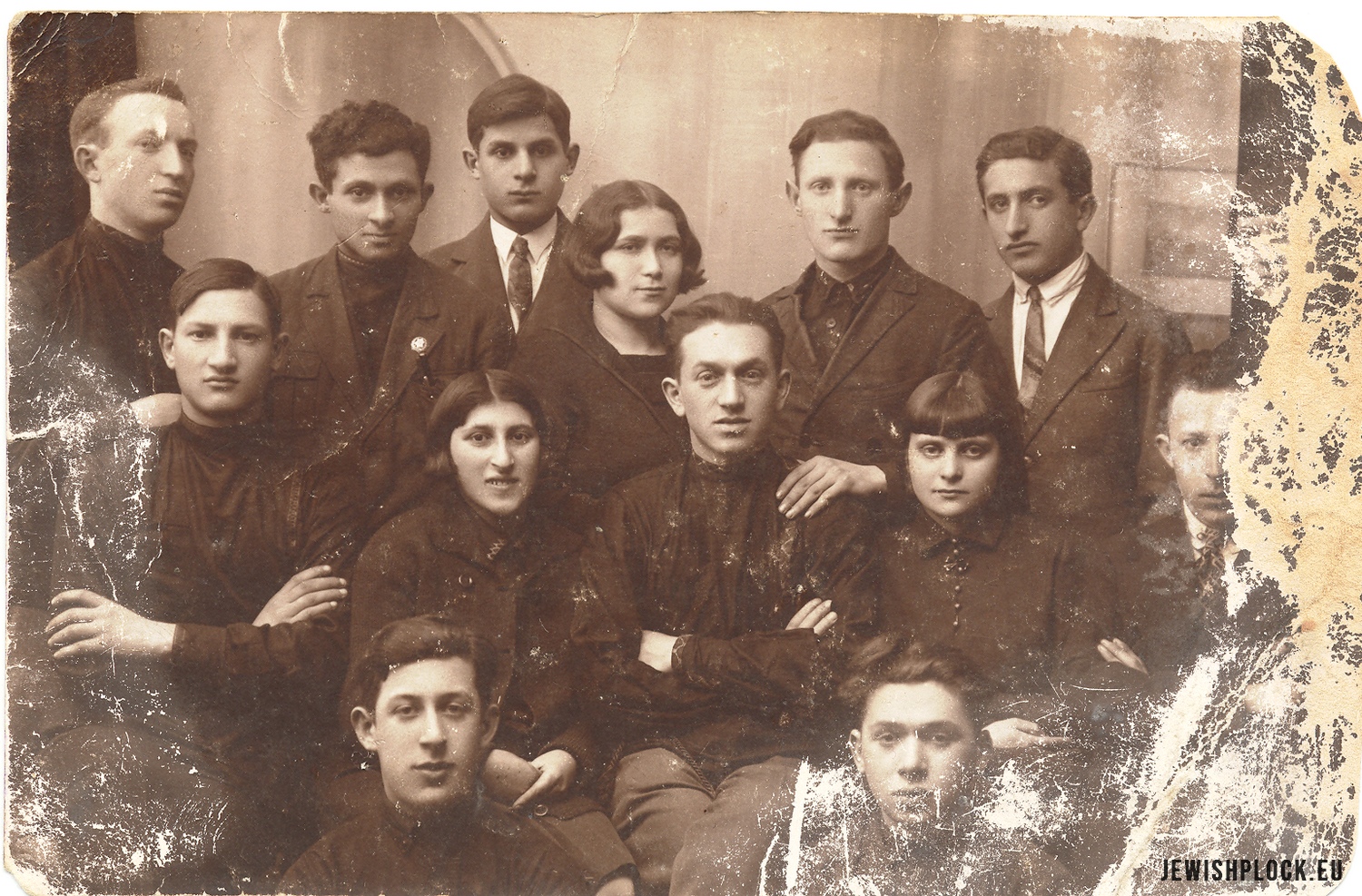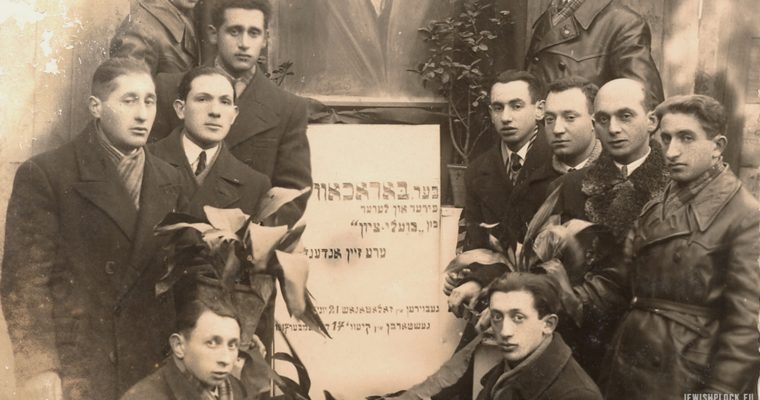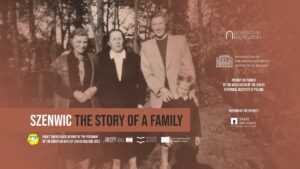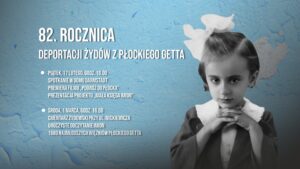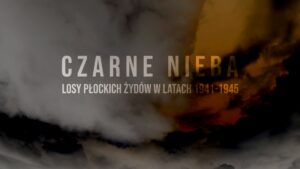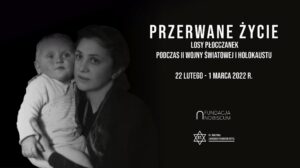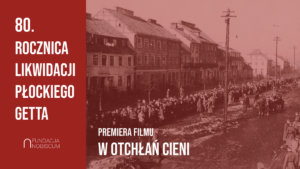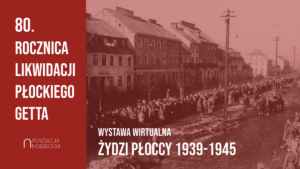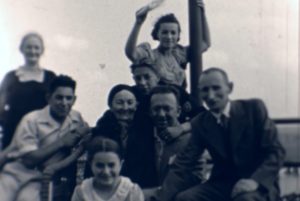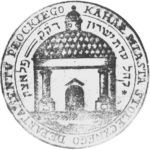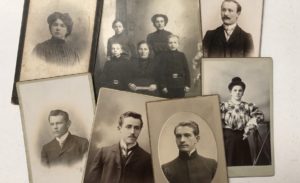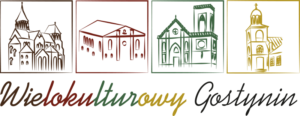In 1841, property with the mortgage number 37 at Grodzka Street was purchased from Anna Kłobuszewska nee Zawidzka and Teofila Białkowska née Kłobuszewska by Samuel Majeran. In the years 1841-1842 Majeran erected a brick tenement house on the square. Since 1873, the owner of the property was a merchant from Lipno, Lewin Zeman (born in 1849), son of Jakub and Cyrla née Majeran. From 1876, a store operated here with local, Viennese, Hamburg and Berlin furniture, mirrors in gilded, mahogany and nut frames as well as living room and bedroom furniture. Zeman also opened a sewing machine store with American and German equipment and a workshop where upholsterers brought by the owner from Warsaw and abroad performed all upholstery works for the needs of the store and customer orders. The tenement also housed a jewellery store by F. Grünbaum, offering diamond, gold and silver products from French and English factories.
In the building, together with his family, lived Mieczysław Goldberg (1868-1907) – son of Szlama Lejb and Enta Julia née Dancygier, journalist, playwright, poet, art critic, essayist, and socialist activist. From 1894, Goldberg was active in the French workers’ movement. He founded the magazines “Le Courrier Social” and “Sur le Trimard”. He was the author of “Lettres à Alexis. Histoire sentimentale d’une pensée” (1904), “Prométhée repentant, tragédie en trois actes” (1905), “Fleurs et Cendres. Impressions d’Italie” (1906), “L’Esprit dialectique” (1907). His friends included Antoine Bourdelle, Camille Claudel, Henri Matisse and Auguste Rodin.
In 1885, the property was purchased by a trader from Dobrzyń – Lesser Byszofswerder (born in 1834). In 1911 the property was bought by Syne Praszkier, and in 1923 Józef Praszkier as well as Icek and Gitla Lidzbarscy. At 11 Grodzka Street, the seat of the Association of Jewish Evening Courses in Płock, co-founded by Becalel Okolica – co-organizer of the Płock department of the “Poalej Syjon-Lewica” party, chairman of the Trade Union of Tailors and Transporters in Płock. Alfred Blay’s cotton shop and Salomon Epsztajn’s shoe shop operated here as well.
